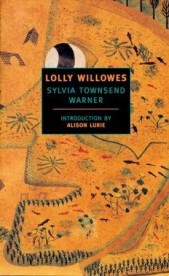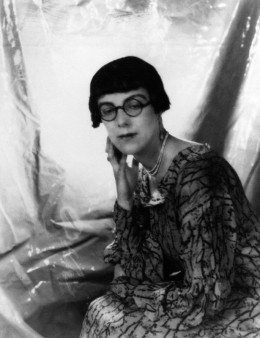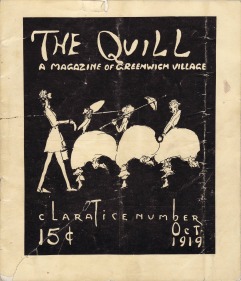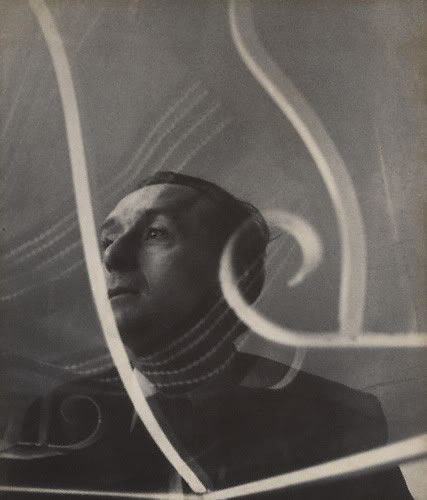 Warner’s prose sparkles and snaps like a gin and tonic in an elegant cut glass tumbler, her humor the slice of lime contributing the essential dash of sharp acidity. Warner proves to be a most devious hostess, however: seemingly invited to a pleasantly amusing afternoon garden party, it’s only as the sun begins to set that it suddenly begins to dawn—this is actually a Witch’s Sabbath! What a marvelously devious sleight of hand.
Warner’s prose sparkles and snaps like a gin and tonic in an elegant cut glass tumbler, her humor the slice of lime contributing the essential dash of sharp acidity. Warner proves to be a most devious hostess, however: seemingly invited to a pleasantly amusing afternoon garden party, it’s only as the sun begins to set that it suddenly begins to dawn—this is actually a Witch’s Sabbath! What a marvelously devious sleight of hand.
And perhaps more than ever 2017 is the time for stories about waking up from the drowsiness of lives cocooned by social expectations and respectability politics and be pointed toward modes of being that are idiosyncratically imagined and intentionally pursued. Part 1 is all charming, “quintessentially” English eccentricities—a broad assortment of kooky extended family members, whimsical family heirlooms hoarded in drawing rooms, teatime and other daily rituals, and the like; this is the life of one Laura Willowes, quietly sloughed into a life of genteel spinsterhood, and cloistered in the tiny spare room in a brother’s family home in London. She slowly transforms into docile “Aunt Lolly” after being christened as such by a baby niece—her identity is so nondescript that even she doesn’t quite register her very name is no longer her own.

Sylvia Townsend Warner by Cecil Beaton, 1930 (via National Portrait Gallery)
This all changes when an otherwise inauspicious guide book makes its way into Laura’s possession. Suddenly Part 2 sets off in an unforeseen direction as Laura announces she will be moving to the isolated rural village that is the subject of her book. Her family attempts all means at their disposal—including emotional blackmail and financial threats—to undermine her resolve; Laura nevertheless persists and promptly lets a room of her own, ready to begin a new life distinctly, if somewhat tentatively, her own.
If this was the story of Lolly Willowes, it would still be of note as a showcase for Warner’s remarkable facility with language and sinuous approach to syntax; it’s additionally exceptional as an early feminist fable making a persuasive and poignant case for female agency (Warner’s novel predates Woolf’s landmark A Room of One’s Own by several years). But the author envisions much, much more for her text and hurtles headlong into the utterly startling Part 3. While I suspect most readers will know, as I did, the general trajectory of the narrative, I think the less known the better so will leave it at that. What a lovely defense of demanding and then enacting a life lived fully and deliciously and—take the term in whatever sense you prefer—queerly too.
“Laura had brought her sensitive conscience into the country with her, just as she had brought her umbrella, though so far she had not remembered to use either.”


